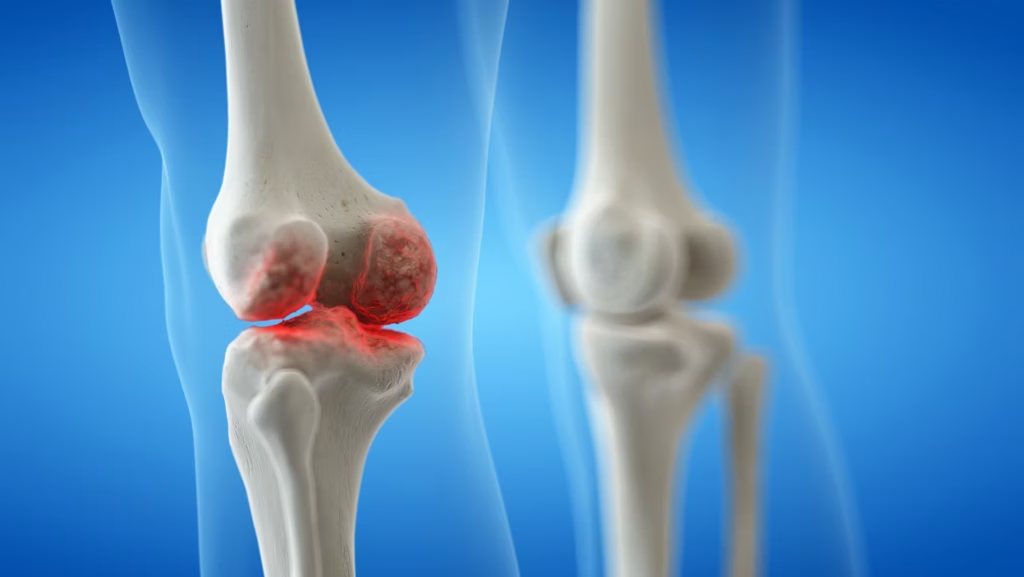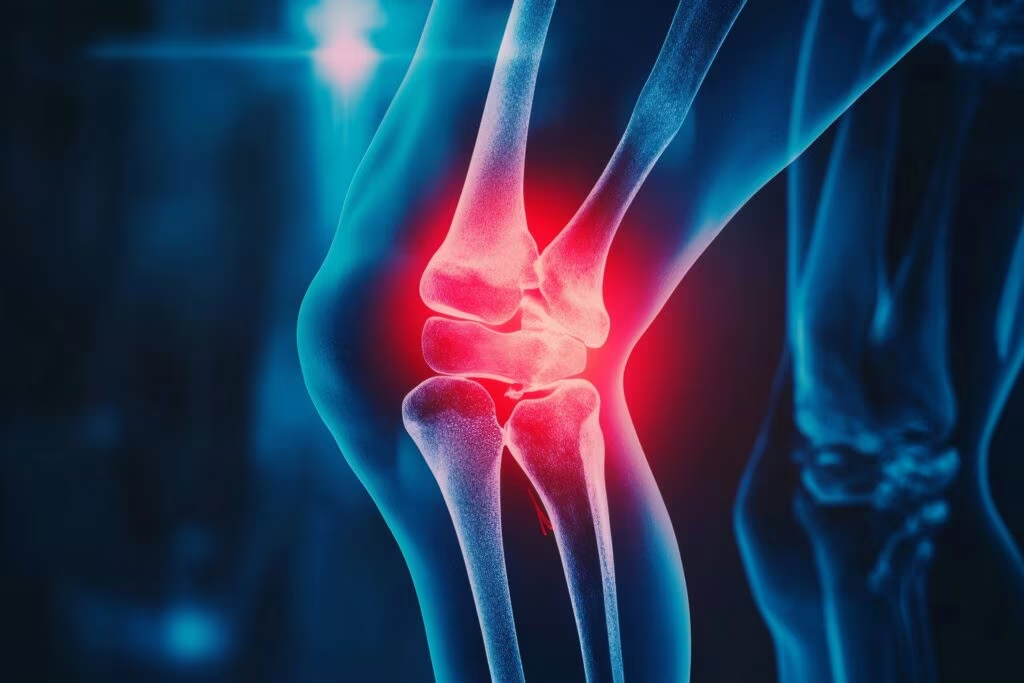Search Results
Showing Results for musculoskeletal

touchIMMUNOLOGY coverage of EULAR 2025: The 2025 European Alliance of Associations for Rheumatology (EULAR) Congress brought together leading rheumatologists, immunologists, and allied healthcare professionals from across Europe and beyond. Running from June 11–14 in Barcelona, the conference showcased the latest advances in immune-mediated ...

Physician burnout is at a critical point. In this episode, Nicky speaks with Dr Alfred Atanda about why so many physicians are burning out and what can be done to change the trend. From personal experience to system-wide solutions, Dr Atanda shares valuable insights on improving physician well-being and building a more effective healthcare culture.

In this interview with Dr. Stuart Silverman, we discuss his WCO-IOF-ESCEO 2025 presentation on the clinical utility of bone turnover markers (BTMs) in osteoporosis care. BTMs such as s-CTX and s-PINP, standardized by the IOF-IFCC, provide insights into bone remodelling, support treatment monitoring, guide therapy adjustments, and help personalize drug holidays, though they complement rather than replace traditional diagnostic tools.

In this episode, we explore the future of continuing medical education (CME) with the team behind touchIME. Hannah Fisher and Matthew Goodwin share insights into global and US trends, the importance of patient inclusivity and how educational outcomes are evolving to better measure the direct impact of learning on clinical practice and patient care.

Nominated Future Leader, Dr Tom Appleton, shares insights into his career, osteoarthritis research, and the role of immunology in shaping future OA treatments. In this interview, Dr Appleton discusses the importance of early intervention, the impact of synovial macrophage dysfunction, and emerging therapies that could revolutionize rheumatology. His work bridges clinical care and research to drive innovation in osteoarthritis management and autoimmune disease.

Osteoarthritis is increasingly recognised as a heterogeneous disease with diverse clinical phenotypes and molecular endotypes. In this expert Q&A, Professor Ali Mobasheri discusses how precision medicine—through clinical phenotyping and molecular endotyping—can guide targeted therapies, accelerate the development of disease-modifying treatments, and transform OA management into a personalised, proactive approach that improves patient outcomes.

At the 2025 WCO-IOF-ESCEO congress, Professor Philip Conaghan presented the safety and efficacy findings from the phase 2 study of LEVI-04 for the treatment of adults with knee osteoarthritis. LEVI-04 is a first-in-class, NT-3 inhibitor, which works by targeting the inflammatory pathways involved in joint degeneration and selectively inhibiting pro-inflammatory cytokines.

From advances in targeted therapies to the integration of AI and steps towards precision medicine, 2024 brought many exciting developments in the field. With 2025 now unfolding, many of these are likely to continue gaining momentum and potentially redefine patient care. In ...

To gain expert insight into the most impactful developments of the past year and the trends set to shape the next, we reached out to our esteemed expert faculty. From advances in targeted therapies to the integration of AI and steps towards precision medicine, here’s what our experts had to say.

The use of immune checkpoint inhibitors (ICIs) in treating cancer has greatly improved survival outcomes, particularly in patients with advanced disease for whom successful treatment options have previously been limited. For example, in patients with metastatic melanoma, the median survival ...

Hypermobility spectrum disorders (HSDs) refer to a group of conditions characterized by an increased range of motion in joints beyond the normal limits, often due to connective tissue laxity. More stringent criteria are applied in the diagnosis of hypermobile Ehlers–...

Beginning with the Canadian Early Arthritis Cohort (CATCH) we explore non-articular pain in patients with early RA and discuss how the findings could support a link between disease activity and non-articular pain, as well as confirm the need to intervene. Staying in early RA, we then discuss the two-year data PRAIRI trial data and what they demonstrated in terms of the impact of rituximab on the quality of life of patients with pre-RA.

To understand what sets izokibep apart from other IL-17 inhibitors and its potential for treating PsA, we spoke with one of the study's investigators, Prof. Peter Taylor. Prof. Taylor discusses the study's findings, focusing on its efficacy and tolerability, and explores what these results could mean for clinical practice. With several IL-17 inhibitors already approved or in development for PsA, we also examine how izokibep could fit into the current treatment paradigm. Additionally, we discuss the importance of ongoing research to fully determine izokibep's benefit/risk ratio and optimal dosage

There is much excitement about the deployment of artificial intelligence (AI) in healthcare, and the musculoskeletal field is no exception. In this article, we introduce some of the latest developments relating to osteoarthritis (OA), osteoporosis, rheumatoid arthritis (RA) (as an ...

International experts from the American College of Rheumatology (ACR) and the European Alliance of Associations for Rheumatology (EULAR) have recently partnered to produce the much-anticipated classification criteria for antiphospholipid syndrome (APS), which were published in Arthritis & Rheumatology in August 2023.1 ...
Latest articles videos and clinical updates - straight to your inbox
Log into your Touch Account
Earn and track your CME credits on the go, save articles for later, and follow the latest congress coverage.
Register now for FREE Access
Register for free to hear about the latest expert-led education, peer-reviewed articles, conference highlights, and innovative CME activities.
Sign up with an Email
Or use a Social Account.
This Functionality is for
Members Only
Explore the latest in medical education and stay current in your field. Create a free account to track your learning.



